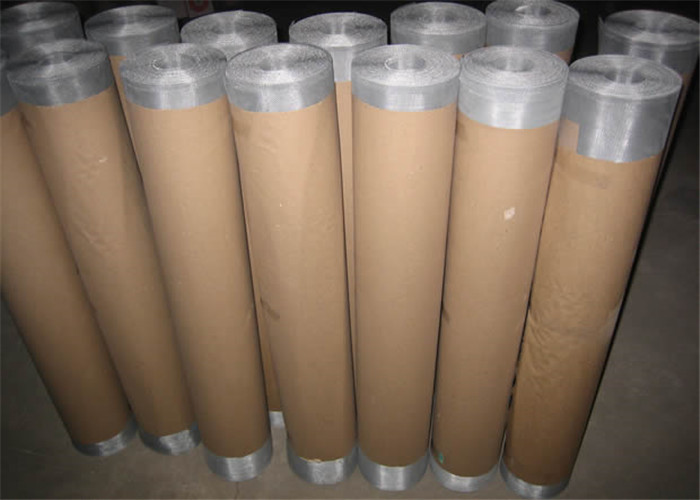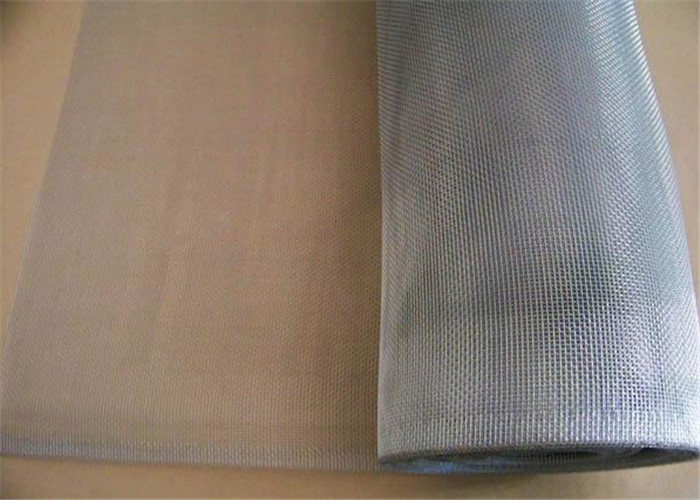Four-layer see pit cardboard processing technology: teach you four strokes to improve adhesion and run too slow and other issues
[Chinese Packaging Network News] Many companies across the country are currently facing challenges in producing four-layer corrugated cardboard. The main issue is poor adhesion, which significantly affects production speed. As a result, the bonding process becomes slow and inefficient, often leading to weak or inconsistent glue joints.
**Cause Analysis:**
One of the primary reasons for this problem is the lack of proper moisture control in the corrugated medium. When the paperboard has low thermal conductivity, it struggles to reach the required temperature for effective bonding during high-speed operations. This means that the machine must operate at a slower speed to ensure adequate heat transfer and adhesion.
**Solutions:**
1. **Install a Spray Device:** Adding a spray system can help quickly raise the temperature of the paperboard when it comes into contact with a small amount of water. This allows the material to absorb moisture rapidly and meet the bonding requirements. However, it's not advisable to spray water directly into the lower rubber tank, as this can lead to over-saturation. Excess moisture may cause dirt buildup in the drying ducts or even create bubbles in the corrugated structure, which can negatively impact the final product quality.
2. **Control Overbridge Accumulation:** When there is a large accumulation of cardboard on the overbridge, the sheets remain there longer, causing a drop in both moisture and temperature. This increases the risk of poor adhesion. To avoid this, it's important to manage the amount of cardboard on the overbridge, especially when using high-quality or thick materials.
3. **Adjust the Glue Formula:** Depending on the type of paper used, the glue formula should be adjusted accordingly. A water-to-powder ratio of 1:3 is recommended, and the viscosity should be increased to around 25 seconds (using a Yuenbei cup). The gelatinization temperature can be slightly reduced to between 56°C and 57°C, depending on the ambient temperature. If humidity is high, the amount of borax can be increased slightly to improve initial viscosity. The amounts of the bridging agent and stabilizer should remain unchanged, as this formula is designed for a one-step gluing process.
4. **Modify the Paper-Feeding Method:** Adjusting the paper-cutting technique can help regulate the temperature of the incoming paper. It’s important to feed the top layer of the cardboard onto the machine. On the side of the double-faced corrugator, the paper should be fed from the fluting side, not the surface. Using the preheating cylinder located just above the rubber roller can provide optimal heating, ensuring better adhesion and overall performance.
By implementing these solutions, companies can improve the efficiency and quality of their four-layer corrugated cardboard production, ultimately enhancing their competitiveness in the market.


Window screen is usually made of galvanized iron wire, stainless steel wire and aluminum wire. It is widely used as mosquito screen, window screen, door screen and filter screen. The plain wave one is very common. The plain wire cloth is not crimped before weaving, with the same diameter warp and shute Wires woven in a simple over and under pattern.
Features
Ÿ Mesh: Number of openings per inch in horizontal and vertical directions.
Ÿ Woven type: Plain weave.
Ÿ Type of edge: Rough selvedge, wrapped selvedge.


Galvanized Wire Mesh Screen,Aluminum Wire Screen,Stainless Steel Wire Mesh
DINGZHOU TIAN YILONG METAL PRODUCTS CO., LTD. , https://www.wiremeshsolution.com